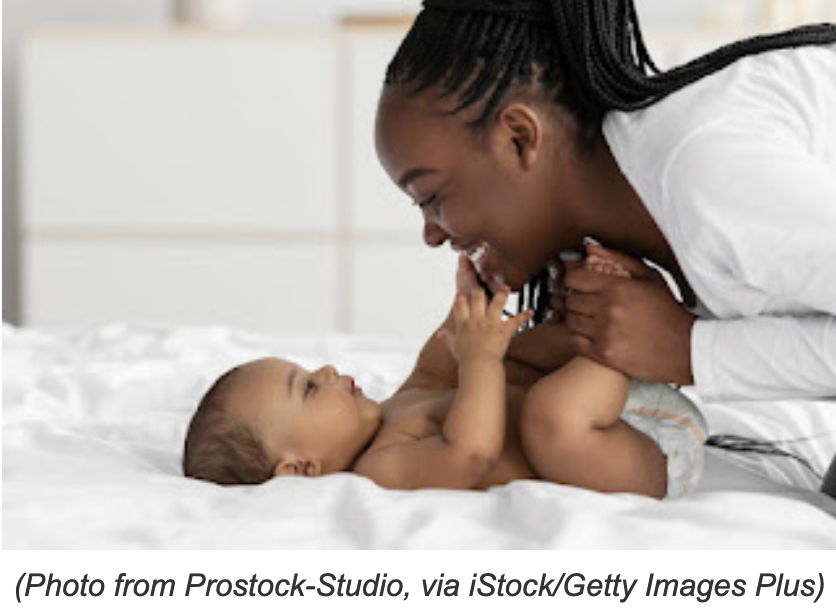Learning CPR for children and infants could help save a little life

By Dr. Callie L. Rzasa
University of Kentucky
More than 23,000 children in the United States suffer an out-of-hospital cardiac arrest annually. Although the reported number of infant out-of-hospital cardiac arrests varies widely, only 6.5% for children less than 1 year old who experience an out-of-hospital cardiac arrest survive to hospital discharge.
According to the National Center for Injury Prevention and Control, unintentional choking and suffocation are a leading cause of all injury deaths for infants less than a year old. Nearly 3,500 infants die each year in the U.S. from sleep-related infant deaths such as suffocation, entrapment, strangulation and sudden infant death syndrome.
Make safety a habit at home by implementing safe sleep practices, such as making sure babies sleep in their own crib or bassinet on a firm, flat surface without potential suffocation hazards such as blankets, stuffed animals or crib bumpers.
New parents, grandparents, babysitters and caregivers should take the time to learn infant- and child-specific CPR (cardiopulmonary resuscitation). It’s important to remember if the child is unresponsive, not breathing or only gasping, call 911 and start CPR immediately.
For a child 1 or older:
- Push on the middle of the chest 30 times at a depth of 2 inches with one or two hands at a rate of 100 to 120 compressions per minute.
- Provide 30 compressions and then give two rescue breaths.
- Repeat cycles.
For an infant younger than 1:
- Push on the middle of the chest 30 times at a depth of 1½ inches with two fingers at a rate of 100 to 120 compressions per minute.
- Provide 30 compressions and then give two rescue breaths.
- Repeat cycles.
If you have access to an automated external defibrillator, use it as soon as possible. Most AEDs are equipped with child- and infant-sized pads. They can help guide CPR and provide treatment for certain heart arrhythmia. Continue compressions until emergency services arrives.
For more information about CPR for adults, children and infants, find a class or training center near you.
Callie L. Rzasa, M.D., is medical director of Kentucky Children’s Hospital Congenital Heart Clinic and American Heart Association board president in Central and Eastern Kentucky.
Kentucky Health News is an independent news service of the Institute for Rural Journalism and Community Issues, based in the School of Journalism and Media at the University of Kentucky, with support from the Foundation for a Healthy Kentucky.
Donate to Kentucky Health News here.